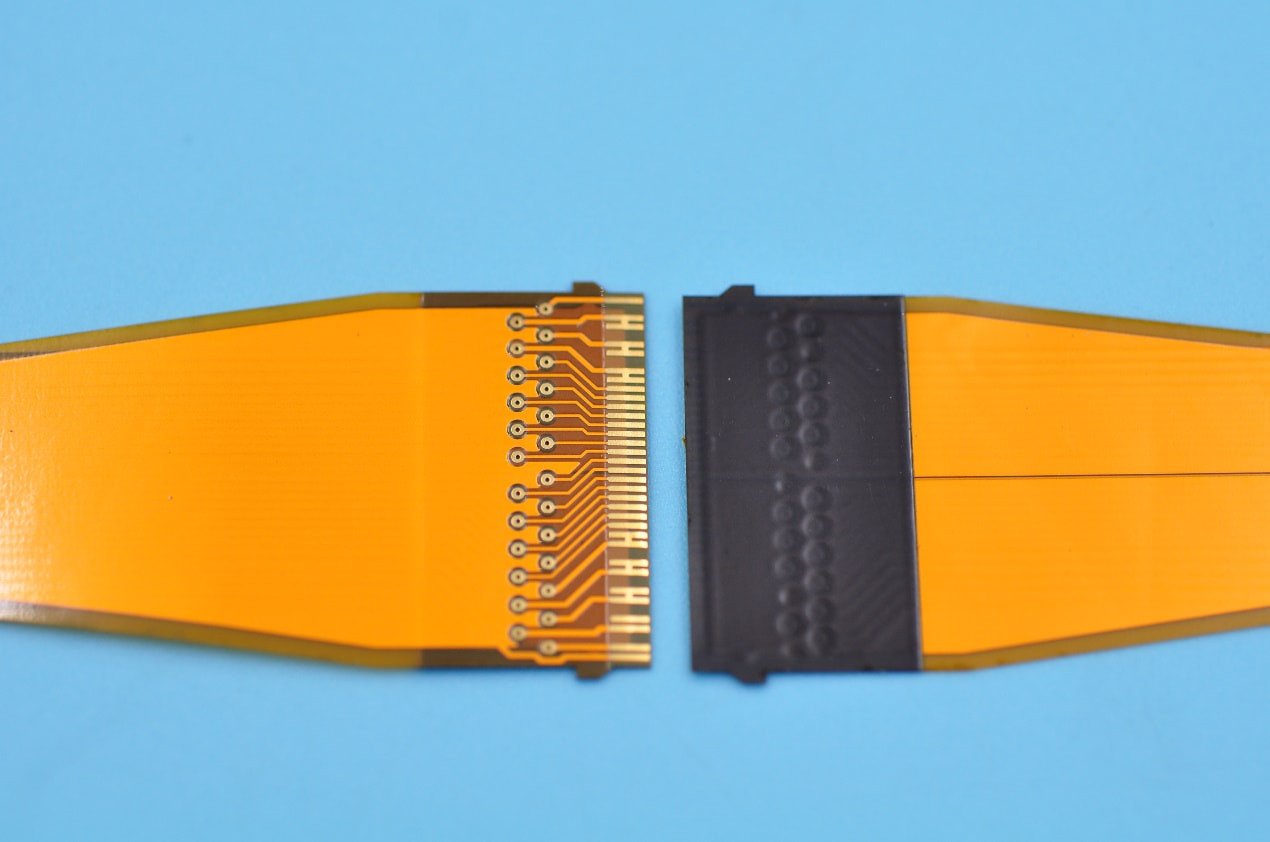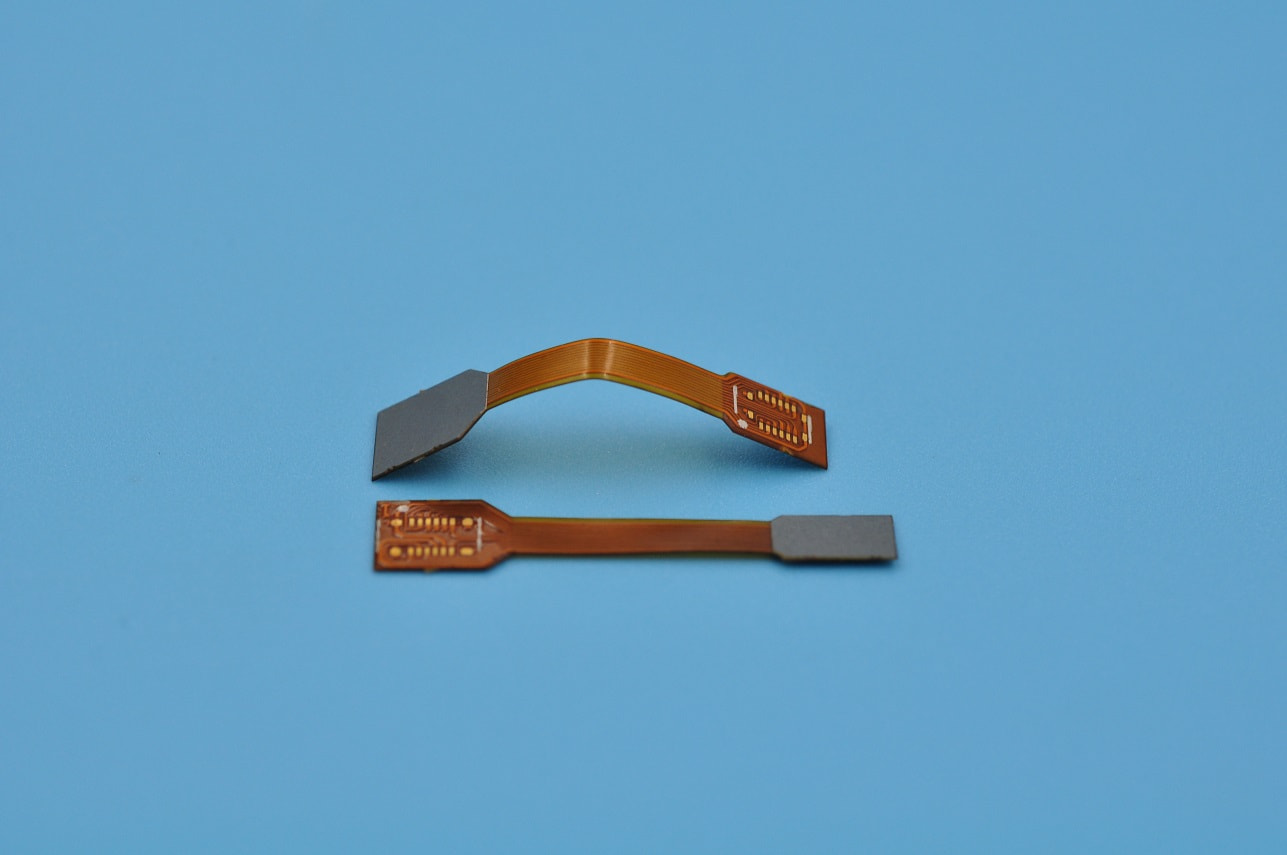Technology has come a long way in the past few decades, and one of its most impressive advancements is in the area of flexible printed circuit technology. This article will explore the wonders of this technology, from its application in consumer electronics to its use in space exploration. Read on to find out more about how this technology works, and why it's revolutionizing the world of electronics!
Introduction to Flexible Printed Circuits
Flexible printed circuits (FPCs) are special types of electrical circuits that are built on thin, flexible substrates. This enables them to be used in a wide range of applications where space is limited and traditional circuit boards cannot be used.
FPCs were first developed in the 1960s for use in the aerospace industry. They were later adopted by the military and then the medical sector before becoming widely used in consumer electronics. Today, FPCs are an essential part of many electronic devices, including mobile phones, laptops, digital cameras, and more.

(Flexible PCB)
Benefits of Using FPCs
Flexible printed circuits (FPCs) have many benefits over traditional circuit board technology, making them ideal for use in a variety of electronics applications. Perhaps the most obvious benefit of using FPCs is their flexibility – as the name suggests, FPCs can be bent or folded with varied of shapes to fit into spaces that would be inaccessible to rigid circuit boards. This makes them ideal for use in wearable electronics and other space-constrained applications.

Another key benefit of FPCs is that they offer a higher degree of reliability than traditional circuit boards. This is due to the fact that FPCs are typically made with fewer connections and joints than circuit boards, which reduces the risk of electrical failure. Additionally, because FPCs are flexible, they are less likely to crack or break if dropped or subject to other forms of physical stress.
Finally, FPCs generally offer a lower cost of ownership than traditional circuit boards. This is due to the fact that FPCs require less material to manufacture and can often be produced using automated methods, which reduces labor costs. Additionally, because FPCs are typically smaller than circuit boards, they require less space for storage and transportation, further reducing costs.
Applications of FPCs in Electronics
FPCs are used in a wide range of electronic applications, from flexible displays and wearable electronics to automotive and aerospace applications.
Flexible displays are one of the most popular applications for FPCs. They are used in smartphones, tablets, laptops, and other devices where a flexible display is desired. FPCs allow for thinner, lighter, and more durable displays that can be bent or rolled up.
Wearable electronics are another growing application for FPCs. They are used in smartwatches, fitness trackers, and other devices that need to be lightweight and comfortable to wear. FPCs allow these devices to be flexed and bent without breaking.
Automotive and aerospace applications are two other areas where FPCs are being used more frequently. They are used in car dashboard displays, infotainment systems, and navigation systems. FPCs can withstand the harsh conditions found in these environments, such as extreme temperatures and vibrations.
Challenges During the Manufacturing Process
Flexible printed circuit technology has been around for quite some time, but it has only recently begun to be used extensively in the electronics industry. This is due to the many benefits that flexible printed circuit boards offer over traditional rigid boards. One of the biggest advantages of using flexible printed circuits is that they can be produced in very small sizes, which is ideal for miniaturization applications.
However, there are some challenges that need to be addressed when manufacturing flexible printed circuit boards. One of the biggest challenges is ensuring that all of the circuitry is properly interconnected. This can be difficult to achieve if the circuitry is very dense or if the board is very thin. Additionally, making sure that the board is strong enough to withstand repeated flexing can also be a challenge.
Conclusion
Flexible printed circuit technology is a revolutionary advancement in the world of electronics. It has enabled designers to create much more compact devices and allowed for greater flexibility in product design. This type of circuit technology also offers increased durability, improved electrical performance and cost savings compared to other methods of manufacturing electronic components. With its potential for endless applications, flexible printed circuit technology promises to usher in a new era of innovation and creativity within the electronics industry that will result in products we can only imagine today!










 2023-03-28
2023-03-28
 BEST
BEST

.png)
.png)
.png)
.png)

.png)

